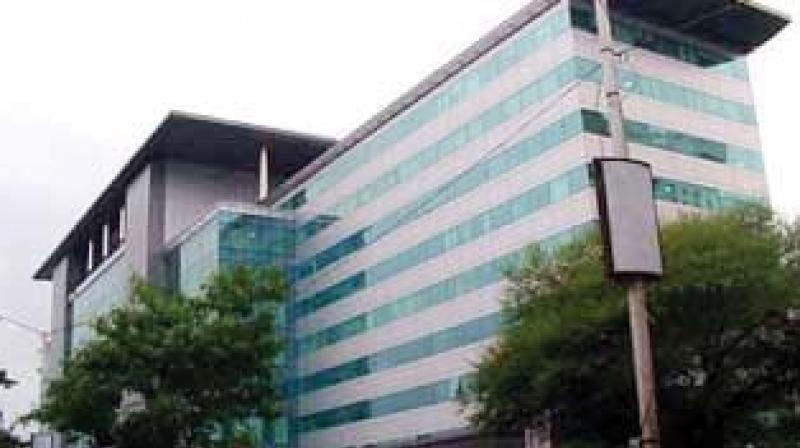Buildings with glass facades heating up Bengaluru: IISc study
Greater Bengaluru with its many Information Technology industries is ranked fifth in emission of greenhouse gases.

Bengaluru: A fast developing city, Bengaluru is in no way helping the country, which is a signatory to the ambitious Paris agreement of 2015 , achieve its goal of de-carbonisation. Going by the Indian Institute of Science (IISc.), the city’s many high- rise buildings with glass facades consume 10 times more electricity than normal buildings.
Greater Bengaluru with its many Information Technology industries is ranked fifth in emission of greenhouse gases ( 2437.03 Gg) in the country by a study done by the institute's Centre for Ecological Sciences (CES) between 1991 and 2016 aimed at gauging carbon footprints and level of greenhouse gas emissions in the country .
Its findings reveal that 24 wards of South East Bengaluru consume the highest amount of electricity of over 4000 kWh per person per year mainly due to their many IT and BT industries and high- rise apartments with glass facades.
Mr TV Ramachandra of the CES explains that high -rise buildings with glass facades consume 14,000 to15,000 units of power per person a year when eco-friendly zones consume only 1,300 to 1,500 units per person per year.
“Glass generates a high level of radiation leading to a rise temperature in surrounding areas,” he says, pointing out that the concept of high- rise buildings with glass facades is European and aimed at trapping heat in buildings and help the people inside escape the cold. This, however, does not apply to countries like India, he notes.
“Unless the government bans high -rise buildings with glass facades, the country will not be able to realize the PM’s promise of de-carbonisation. The greater consumption of electricity by these buildings in turn leads to higher emission of greenhouse gases,” he warns.
Environmentalists, who have similar concerns, regret that the high- rises with glass facades are harmful to birds as well, causing them to lose direction owing to their reflection in the glass.
Mr Mahesh Kashyap, a consultant with the Centre for Sustainable Development (CSD), is afraid that if there is a rise in temperature in areas around high- rise buildings it could eventually impact climate change.
